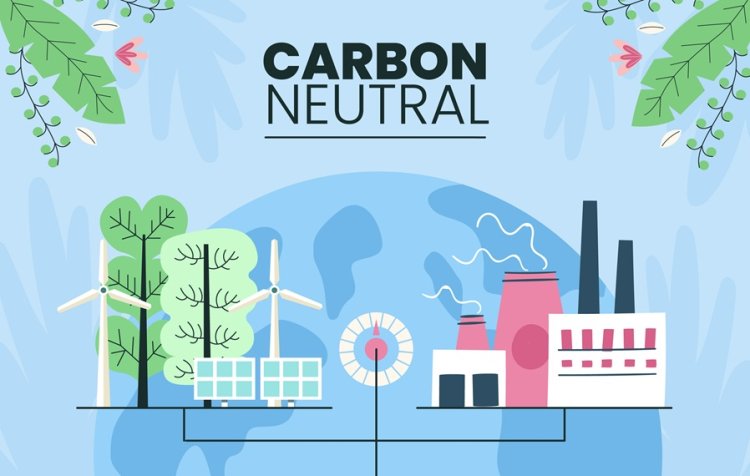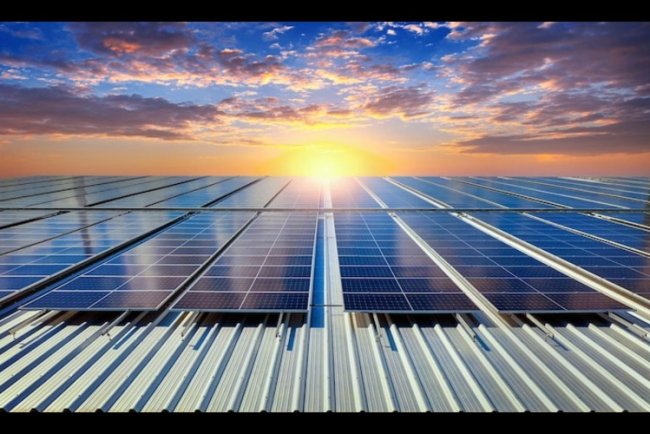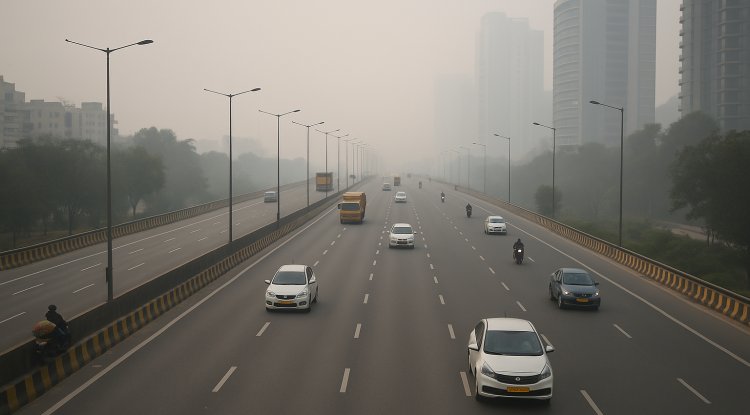China Expands Carbon Market To Heavy Industries, Trading Value Tops ¥47.8 Bn
For the first time, carbon prices crossed the 100 yuan per tonne mark, peaking at 105.65 yuan in late 2024 before stabilising this year

China has released its 2025 Progress Report on the National Carbon Market, marking its first major expansion beyond the power sector to include steel, cement and aluminium smelting. With the addition of 1,334 new businesses, the emissions trading system (ETS) now covers over 60% of the nation's carbon dioxide emissions.
In order to further expand the ETS's reach, the Ministry of Ecology and Environment announced that civil aviation would be the next to be included. These actions taken together are essential to Beijing's "Dual Carbon" objectives, which include reaching carbon neutrality by 2060 and peaking emissions by 2030.
The market’s performance has been robust. In 2024, the ETS recorded a 43.5 per cent jump in daily trading volumes. Transaction value hit a record ¥18.1 billion last year, and by August 2025, cumulative trading had reached ¥47.8 billion. For the first time, carbon prices crossed the 100 yuan per tonne mark, peaking at 105.65 yuan in late 2024 before stabilising this year.
China has also built a parallel voluntary carbon market. Since its launch in 2024, it has enabled trading of China Certified Emission Reductions (CCERs) from renewable energy, carbon sink and methane reduction projects. The first batch of CCERs was registered in March 2025, with cumulative trades reaching 2.7 million tonnes valued at 229 million yuan by August.
Backing the system is a stronger legal and institutional framework. In May 2025, the Interim Regulations for Carbon Emission Trading went into effect, imposing penalties for market manipulation and data falsification. The goal of a central-level strategy statement published in August is to make the ETS one of the most comprehensive in the world by setting goals for 2027 and 2030.
Digital and data systems have also been upgraded. Monthly reporting of emissions is now mandatory in covered sectors, with real-time monitoring and cross-checks built into the national carbon trading platform. More than 32,000 service queries and 3,300 registration updates were processed in the past year.
Internationally, China has renewed cooperation with the European Union on carbon trading, advanced joint projects with Norway and the UK, and trained officials from developing countries under South-South climate programmes. At last year’s UN climate talks, Beijing pushed for clearer rules on cross-border carbon trading under Article 6 of the Paris Agreement.
Officials say the system is already changing corporate behaviour. Over 560 power companies moved from carbon allowance deficits to surpluses last year by adopting efficiency measures and low-carbon technologies. The government has also formally recognised carbon emissions administrators as a profession, with more than 4,500 experts trained so far.
The report concludes that China’s carbon market has shifted from trial stage to a core policy tool—helping industries account for the cost of pollution, driving investment into clean technologies, and positioning the country as a major player in global carbon pricing.
What's Your Reaction?

















